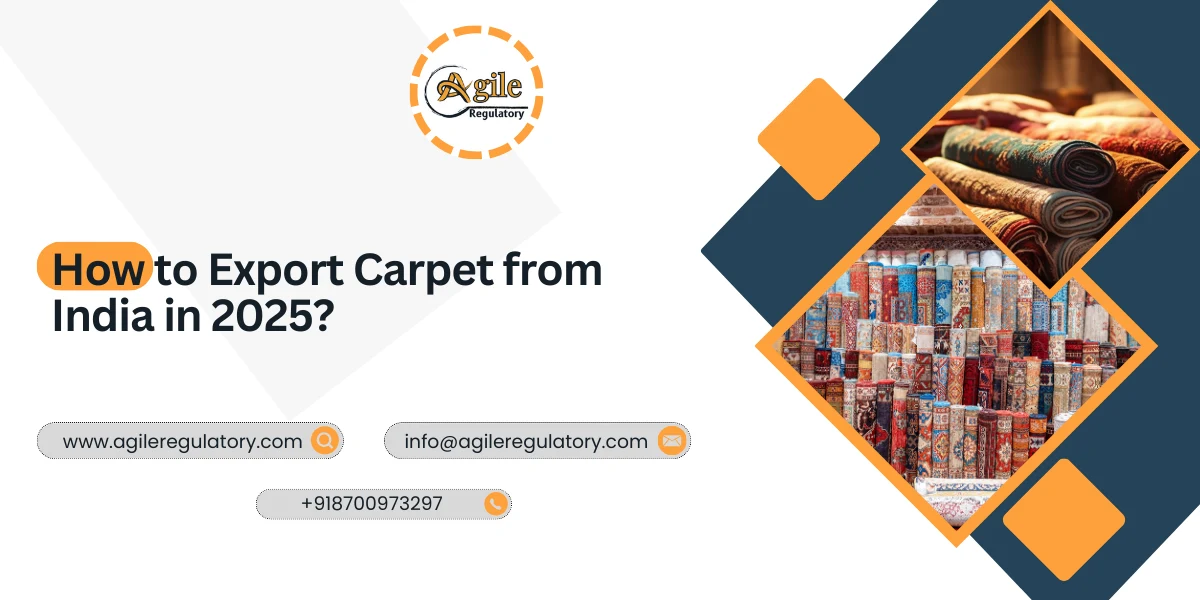

India is one of the biggest carpet exporters in the world. We have a long history of weaving handmade carpets. Indian carpets reach markets across Europe, USA and the Middle East. If you ask how to export carpet from India in 2025 the answer is simple yet layered you need the right registrations, quality checks, logistics planning and strong buyer connections. This blog explains every step in detail so that an exporter can move ahead with clarity.
Cashew Export from India in 2025: An Exclusive Guide for Exporters (CEPCI)
Before exporting, you need a registered business entity. Many exporters register as proprietorship, partnership, or private limited company. In 2025, most international buyers prefer dealing with firms that have a structured setup like private limited, since it builds trust.
You also need:
Without these, exports cannot move through customs.
CEPC is the main body under the Ministry of Textiles. It supports carpet exporters. Membership with CEPC is almost essential in 2025. Why? Because:
Export success depends on product quality. Carpets pass through several checkpoints before reaching buyers. For handmade carpets artisans still use natural dyes and hand-knotting. But in 2025 exporters must ensure:
European Union has strict rules on chemical dyes. US markets demand flammability compliance. If exporters fail here, goods may be rejected at customs.
Different markets demand different carpet styles. A smart exporter in 2025 studies global trends.
| Market | Popular Carpet Style |
Buyer Preference |
|---|---|---|
| USA | Handmade wool rugs | Durability, eco-friendly |
| Europe | Silk carpets, dhurries | Luxury and artistic designs |
| Middle East | Persian-style hand knotted carpets | Intricate designs, large sizes |
| Australia | Cotton and jute rugs | Light, sustainable, affordable |
Doing market research saves money and avoids unsold stock.
Pricing is critical in exports. If you set a price too high buyers move away. Too low and you lose profit. In 2025 exporters face higher freight costs but India still offers competitive labor costs
Main costs to consider:
Export moves only with proper paperwork. Any missing document can delay shipment. In 2025, Indian customs and global ports rely on digital systems, but hard copies are still required in many cases.
Key documents include:
Some buyers may also ask for third-party inspection certificates.
Carpets are heavy. Exporters require good logistics support. Shipping costs less but it is time consuming. Air freight is applicable to small but urgent orders. In 2025, provision of warehousing and customs clearance is carried out by integrated logistics providers. Exporters must:
International trade involves risk. Safe payment terms protect exporters. Common methods are:
Exporters must take marine insurance. It covers cargo loss or damage.
CEPC - Carpet Export Promotion Council
Modern exporters no longer depend only on middlemen. In 2025 many Indian exporters build direct buyer connections through digital platforms. A professional website, social media campaigns and B2B listings help exporters reach global buyers. Paid ads targeting US or European importers also bring leads.
Digital presence is now as important as physical trade fairs.
Exporting carpets out of India in 2025 is filled with opportunity though it requires proper compliance and solid planning. Every step in the conversion of the IEC code to CEPC membership, documentation stage to all the global logistics should be correct. The lack of concentration in paperwork or compliance can delay your shipment and incur losses.
It is here that professional advice comes in. Agile Regulatory facilitates the exporters under CEPC, export certification and trade regulation. Upon their assistance businesses will be able to concentrate on the product and buyer development whereas the paper and approval processes are going smoothly
In this case, carpet exporting in 2025 be sure to onboard export professionals like Agile Regulatory to make eventualities better realized and easier accomplished in business.
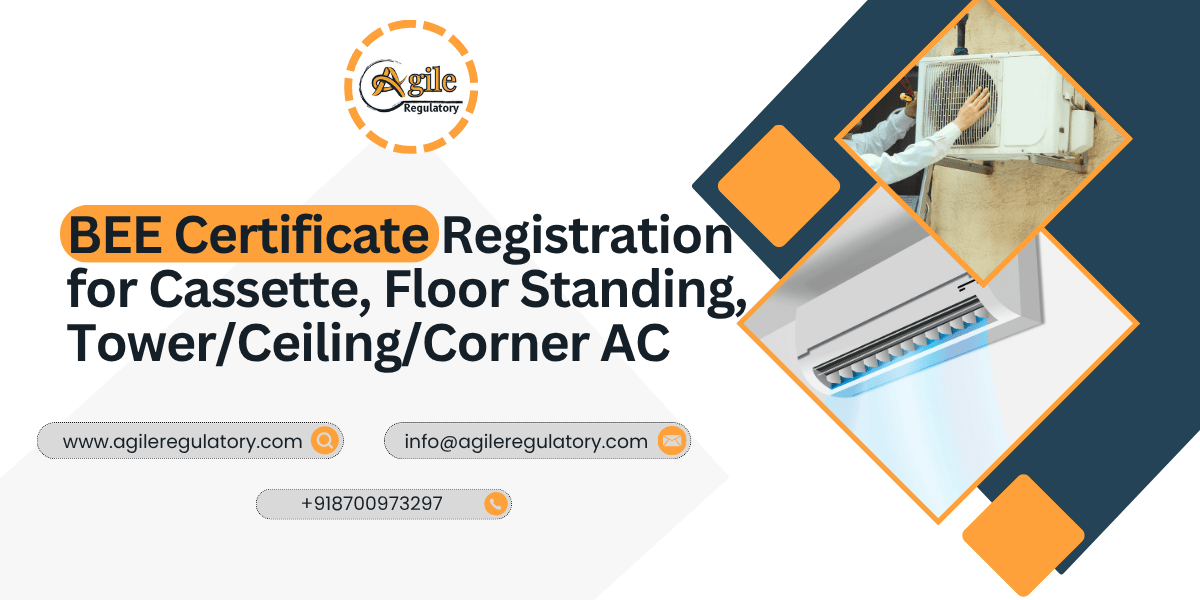
 Nishi Chawla
Nishi Chawla
07 Oct, 2025
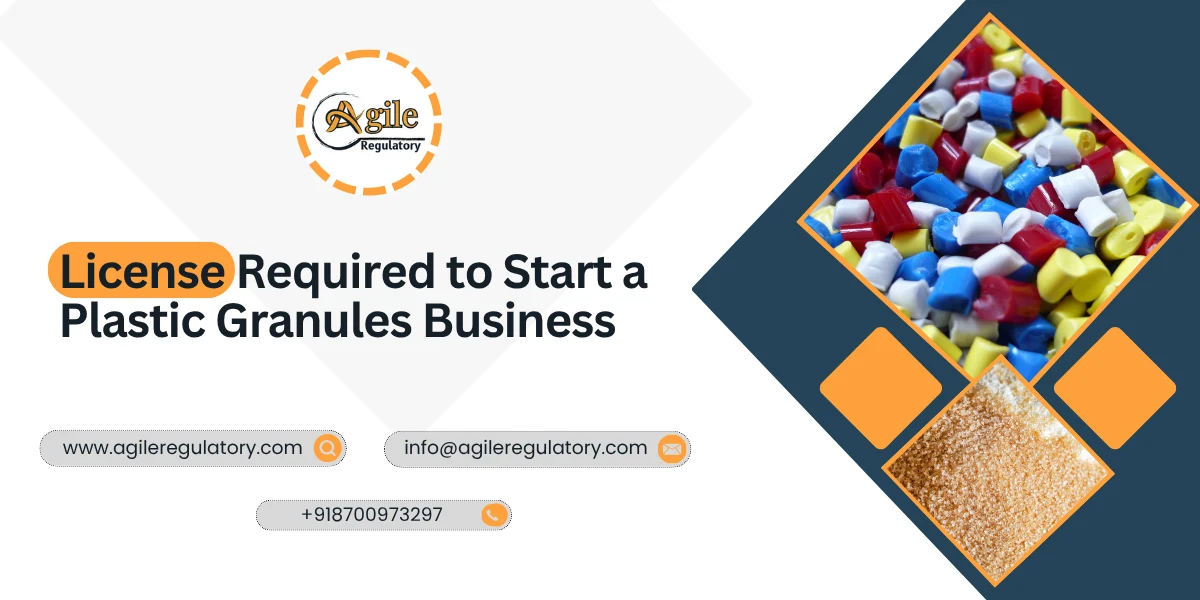
 Nishi Chawla
Nishi Chawla
07 Oct, 2025
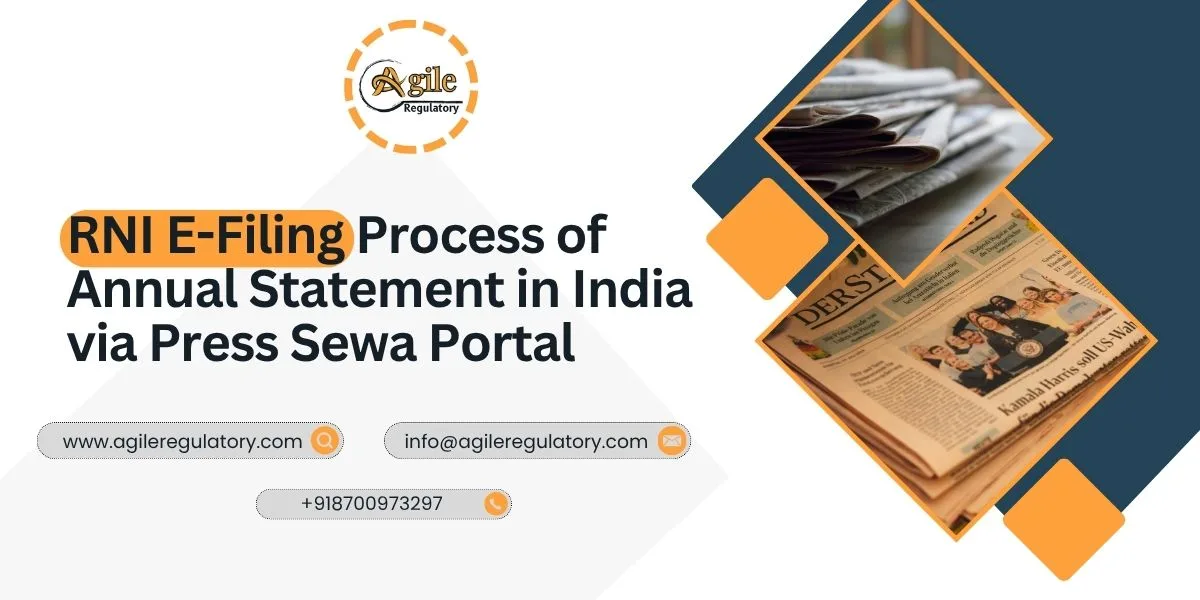
 Nishi Chawla
Nishi Chawla
30 Sep, 2025
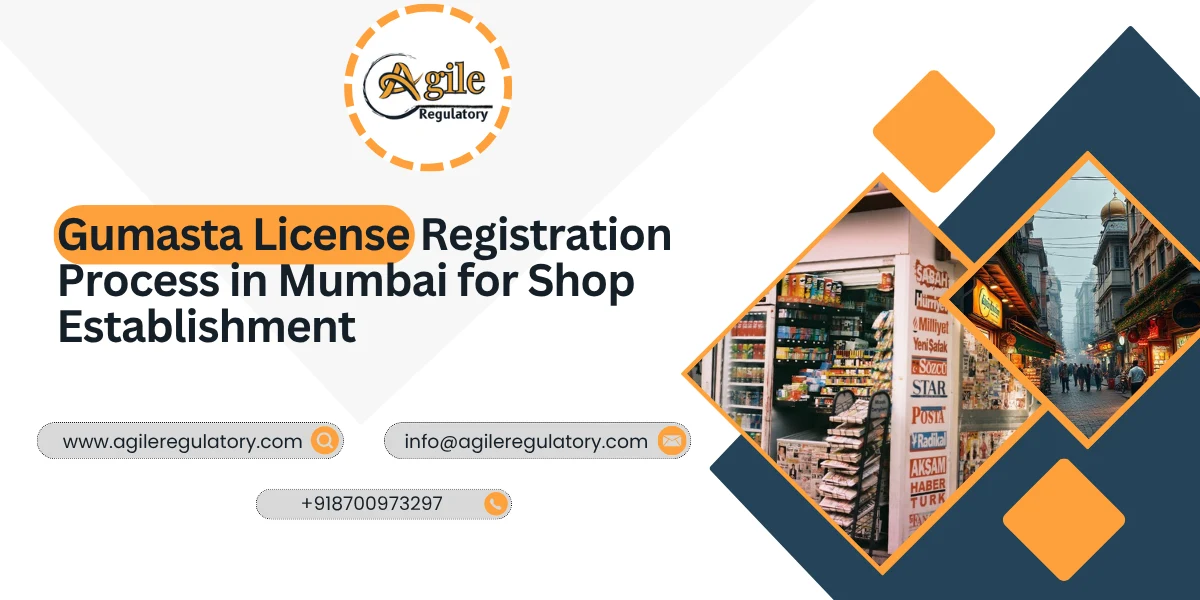
 Nishi Chawla
Nishi Chawla
30 Sep, 2025

 Nishi Chawla
Nishi Chawla
26 Sep, 2025
We simplify compliance through a proven 4-step process: Consultation, Documentation, Submission, and certification. From understanding requirements to getting final approvals, we deliver a smooth, timely, and fully compliant journey for your business.
What our customer says about us
Fantastic support from the team. Their expertise transformed our approach, driving remarkable outcomes. A must-have partner for businesses seeking effective consulting solutions. Highly recommended.
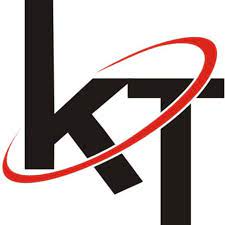
KTPL Instruments
Agile Regualtory delivers exceptional solutions. Their insightful guidance streamlined our processes and boosted profitability. Highly recommended for businesses seeking expert consulting services to thrive.

Justrack IOT
Impressed by Agile Regulatory's expertise. Their strategic insights and practical solutions have elevated our business operations. A reliable partner for effective consulting services. Highly recommended for growth-focused businesses.
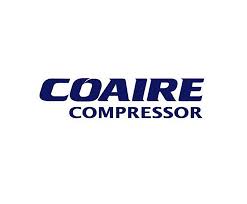
Coaire Compressor
Extraordinary consulting services. Their insightful solutions and dedicated team reshaped our business, driving remarkable improvements. Highly recommend it for transformative results.
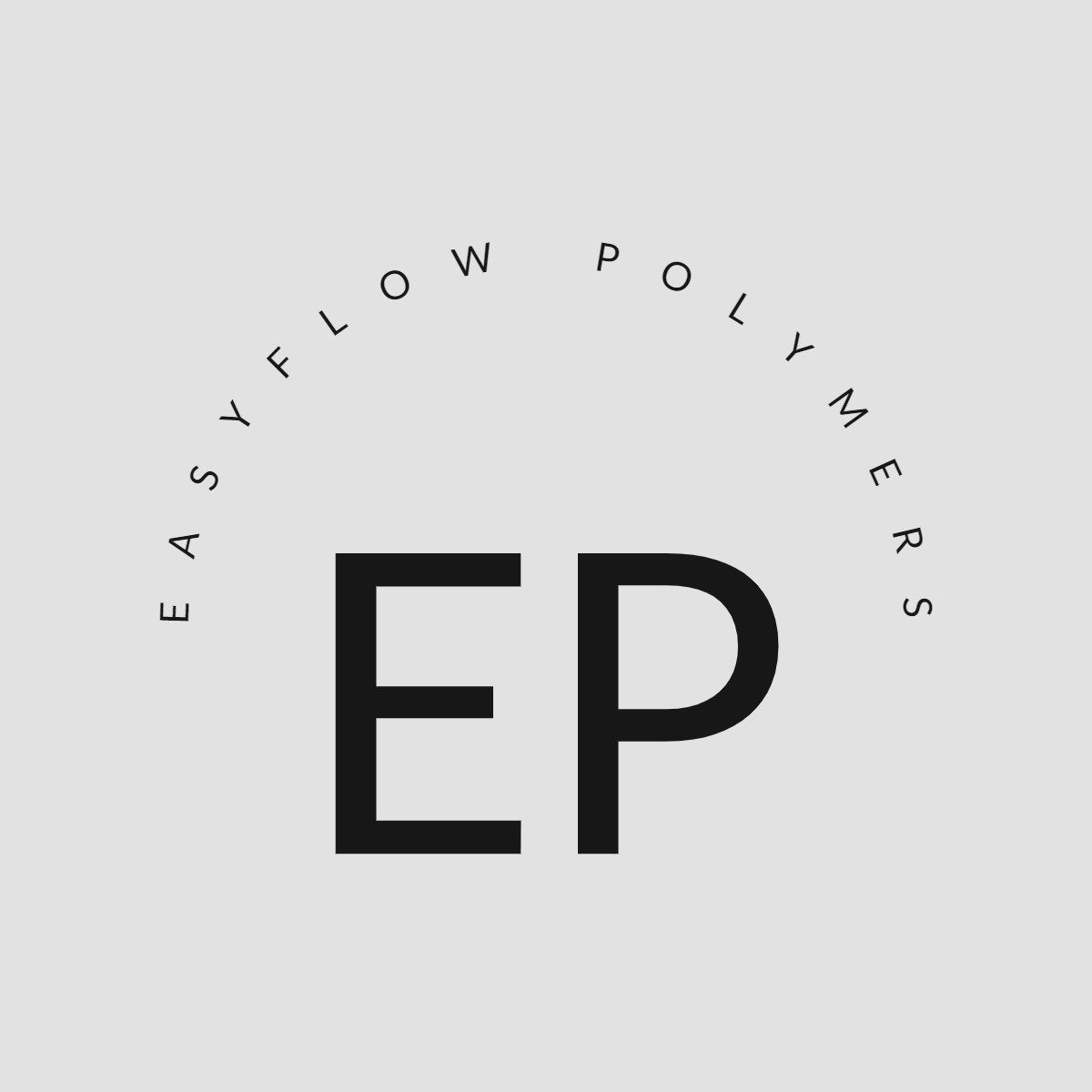
Easy Polymer
Incredible experience with Agile Regulatory. Their innovative strategies and expert advice revitalized our business model, resulting in impressive growth. Highly recommend their exceptional consulting services.

Tarus International
Top-tier consulting! offered strategic solutions that revolutionized our approach. Their deep expertise and personalized guidance made a significant impact on our success. Highly recommend their services.

Anchor Weighing
Agile Regulatory exceeded expectations! Their tailored solutions, expertise, and proactive approach led to remarkable results. Highly recommend for businesses seeking impactful and strategic guidance.

AM Capacitor
Outstanding service! delivered targeted solutions with professionalism and expertise. Their insights elevated our business strategies, resulting in noticeable growth. Highly recommended for exceptional consultation.

Imaxx Pro Aquistic
Leave a Reply
Your email address will not be published. Required fields are marked *